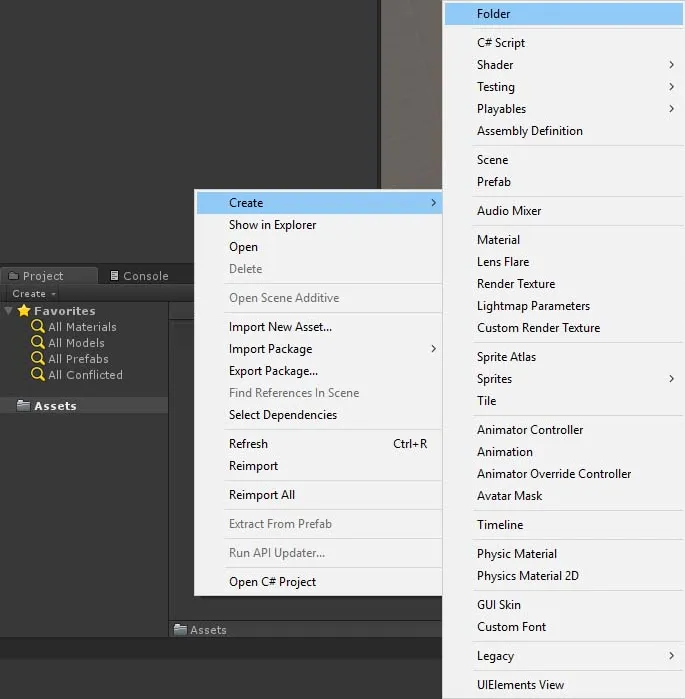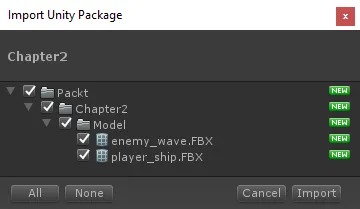
Unity Certified Programmer: Exam Guide
Expert tips and techniques to pass the Unity certification exam at the first attempt
- 758 pages
- English
- ePUB (mobile friendly)
- Available on iOS & Android
Unity Certified Programmer: Exam Guide
Expert tips and techniques to pass the Unity certification exam at the first attempt
About this book
A practical guide to Unity game scripting using C#, backed with practice tests, exam tips, and easy-to-follow examples to help you better prepare for the exam and become a pro in Unity programming
Key Features
- Discover the essentials of game scripting with Unity and C# to customize every aspect of your game
- Overcome challenges in Unity game development using effective techniques and easy solutions
- Pass the Unity certification exam with the help of mock tests, exam tips, and self-assessment questions
Book Description
Unity Certified Programmer is a global certification program by Unity for anyone looking to become a professional Unity developer. The official Unity programmer exam will not only validate your Unity knowledge and skills, but also enable you to be part of the Unity community.
This study guide will start by building on your understanding of C# programming and take you through the process of downloading and installing Unity. You'll understand how Unity works and get to grips with the core objectives of the Unity exam. As you advance, you'll enhance your skills by creating an enjoyable side-scrolling shooter game that can be played within the Unity Editor or any recent Android mobile device. This Unity book will test your knowledge with self-assessment questions and help you take your skills to an advanced level by working with Unity tools such as the Animator, Particle Effects, Lighting, UI/UX, Scriptable Objects, and debugging.
By the end of this book, you'll have developed a solid understanding of the different tools in Unity and understand how to create impressive Unity applications by making the most of its toolset.
What you will learn
- Discover techniques for writing modular, readable, and reusable scripts in Unity
- Implement and configure objects, physics, controls, and movements for your game projects
- Understand 2D and 3D animation and write scripts that interact with Unity's Rendering API
- Explore Unity APIs for adding lighting, materials, and texture to your apps
- Write Unity scripts for building interfaces for menu systems, UI navigation, application settings, and much more
- Delve into SOLID principles for writing clean and maintainable Unity applications
Who this book is for
The book is for game developers, software developers, mobile app developers, and Unity developers who want to advance in the game or related industry. Basic knowledge of C# programming and Unity engine is required.
Frequently asked questions
- Essential is ideal for learners and professionals who enjoy exploring a wide range of subjects. Access the Essential Library with 800,000+ trusted titles and best-sellers across business, personal growth, and the humanities. Includes unlimited reading time and Standard Read Aloud voice.
- Complete: Perfect for advanced learners and researchers needing full, unrestricted access. Unlock 1.4M+ books across hundreds of subjects, including academic and specialized titles. The Complete Plan also includes advanced features like Premium Read Aloud and Research Assistant.
Please note we cannot support devices running on iOS 13 and Android 7 or earlier. Learn more about using the app.
Information
- Setting up our Unity project
- Introducing our interface (IActorTemplate)
- Introducing our ScriptableObject (SOActorModel)
- Setting up our Player, PlayerSpawner, and PlayerBullet scripts
- Planning and creating our enemy
- Setting up our EnemySpawner and enemy script
Core exam skills covered in this chapter
- Implement and configure game object behavior and physics.
- Implement and configure inputs and controls.
- Implement and configure camera views and movement.
- Understand lighting, and write scripts that interact with Unity’s lighting API.
- Understand two- and three-dimensional animation, and write scripts that interact with Unity’s animation API.
- Identify methods for implementing game object instantiation, destruction, and management.
- Recognize concepts associated with the uses and impact of version control, using technologies such as Unity Collaborate.
- Demonstrate knowledge of developer testing and its impact on the software development process, including Unity Profiler and traditional debugging and testing techniques.
- Recognize techniques for structuring scripts for modularity, readability, and re-usability.
Technical requirements
Setting up our Unity project
- Model contains 3D models (player ship, enemies, bullets, and so on).
- Prefab holds instances of game objects (these are created within Unity).
- Scene stores our first-level scene as well as other levels.
- Script contains all of our code.
- Material stores our game object materials.

- Within our Prefab folder, create another two folders, Enemies and Player.
- Inside the Script folder, create a folder called ScriptableObject.
- Create a folder in the Assets folder called Resources, and move our Model, Prefab, Script, and Material folders into it. The following screenshot shows what our folder structure should look like now:

- Player_ship.fbx
- enemy_wave.fbx

Table of contents
- Title Page
- Copyright and Credits
- About Packt
- Contributors
- Preface
- Setting Up and Structuring Our Project
- Adding and Manipulating Objects
- Managing Scripts and Taking a Mock Test
- Applying Art, Animation, and Particles
- Creating a Shop Scene for Our Game
- Purchasing In-Game Items and Advertisements
- Creating a Game Loop and Mock Test
- Adding Custom Fonts and UI
- Creating a 2D Shop Interface and In-Game HUD
- Pausing the Game, Altering Sound, and a Mock Test
- Storing Data and Audio Mixer
- NavMesh, Timeline, and a Mock Test
- Effects, Testing, Performance, and Alt Controls
- Full Unity Programmer Mock Exam
- Appendix
- Other Books You May Enjoy